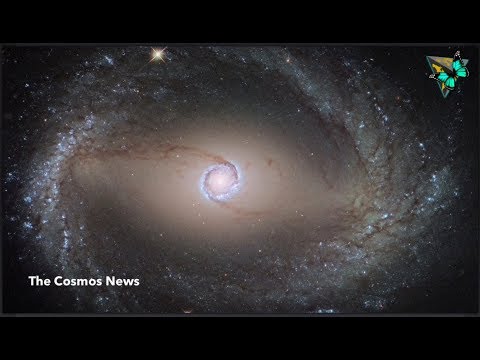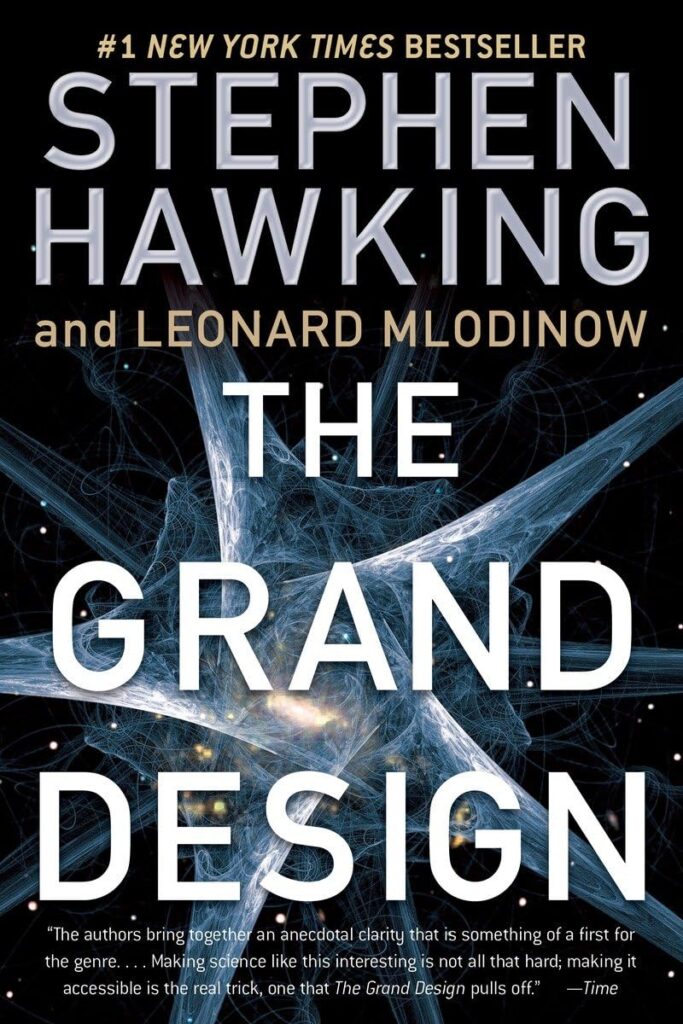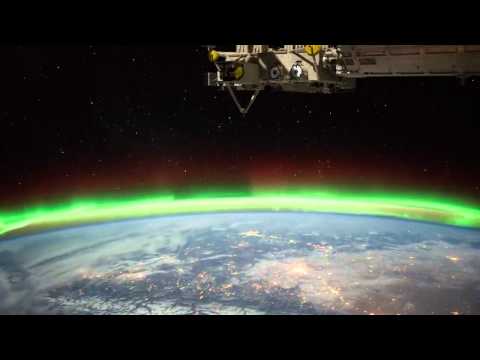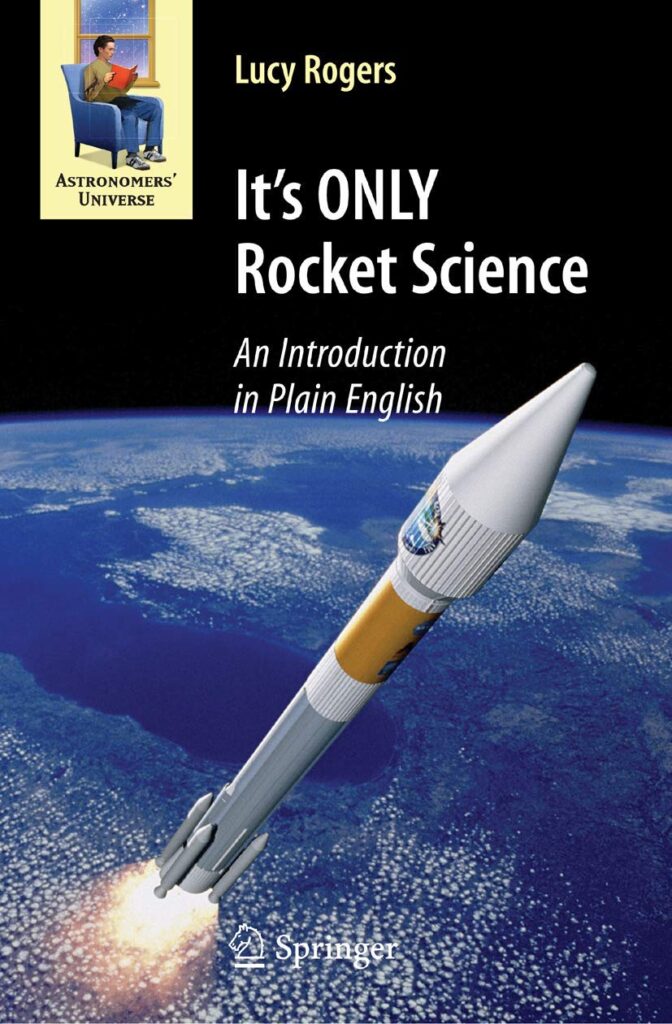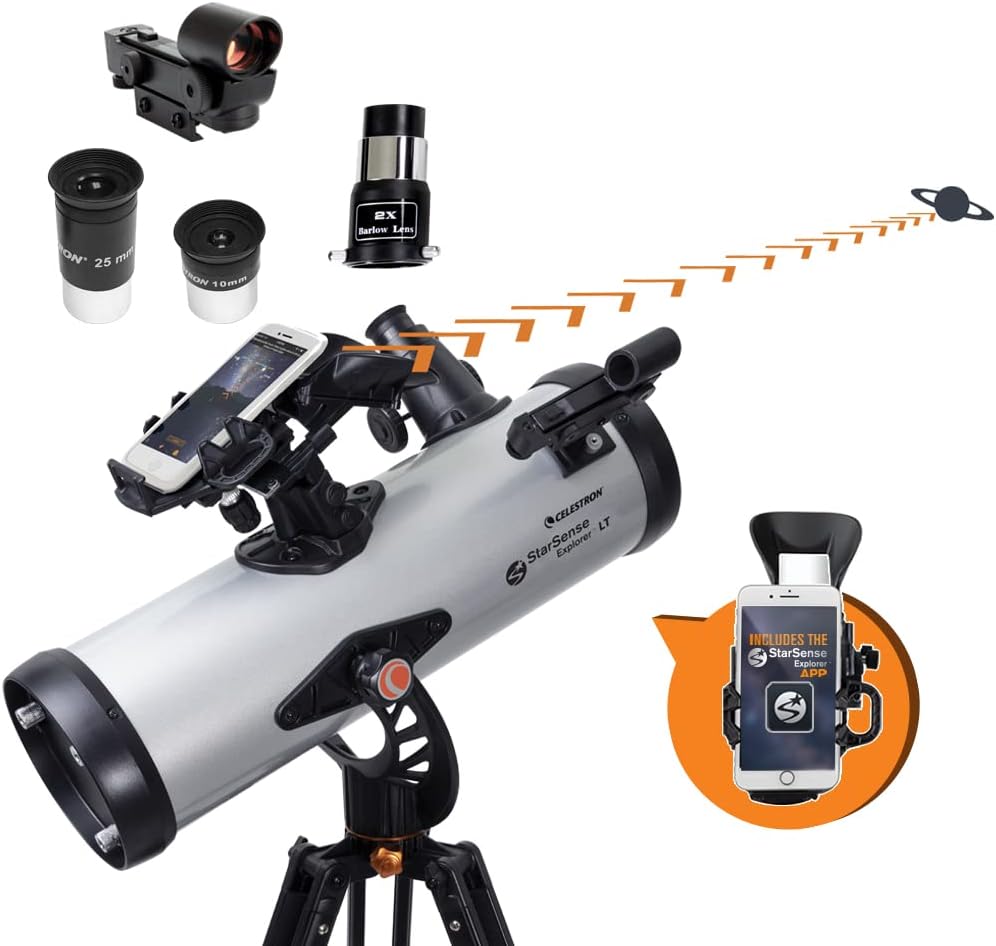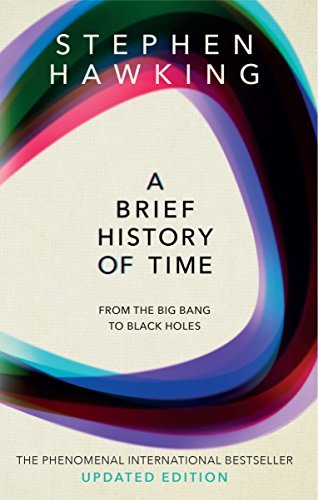Will Wormholes Allow Fast Interstellar Travel?
From Stargate to Interstellar, wormholes have long been one of our favorite method for traveling across fictional universes. But they’ve also been a very serious field of study for some of the greatest minds over the last century. So what is the holdup? When do we get to wormhole ourselves out of here? In 1915, Karl Schwarzschild discovered a solution to Einstein’s brand new equations of general relativity – a solution that we now understand describes a black hole. But before black holes were ever taken seriously, the Schwarzschild solution revealed the possibility of the wormhole. In 1916 Ludwig Flamm realized that in certain coordinate systems, the gravitational hole described by the Schwarzschild solution was not a dead end. Rather it was a two-sided funnel. But leading where? As we saw in our recent episode, the Schwarzschild solution describes two symmetric regions of spacetime, and the funnel itself is the wormhole connecting them. In 1935, Albert Einstein, along with Nathan Rosen, expanded on Flamm’s idea – but not into a theory of wormholes – instead as a theory of particles. Einstein and Rosen imagined two regions described by the Schwarzschild solution not as parallel universes, but rather as overlapping layers of the same universe. It’s easier to visualize in 2-D, where each layer is a sheet. In this picture the funnels connecting the layers would behave like particles that could move around and interact with each other. And if you thread the funnels with electromagnetic field lines then they act like charged particles. It turns out that this is almost certainly NOT what particles are, but the Einstein-Rosen paper inspired others to take the wormhole seriously – and inspired the name for these Schwarzschild wormholes – the Einstein-Rosen bridge. The wormhole lay mostly dormant for another 20 years before it was resurrected – this time not to build particles, but in an attempt to break causality. John Archibald Wheeler, along with his ex-student Bob Fuller, realized that Einstein & Rosen’s bridge did not necessarily have to connect parallel layers of reality – it could instead connect distant regions of our universe. Fuller and Wheeler realized that such a “multiply connected” spacetime could allow near-instantaneous travel across the universe because the wormhole throat would remain the same, very short length no matter how far apart its ends were. And they also realized that this would allow time travel. For example, if one end of the wormhole were accelerated into a circular path at near the speed of light, its clock would freeze compared to the other end. By entering the non-moving end of the wormhole you would always travel backwards to the instant when the other end was first accelerated and frozen in time. Fuller & Wheeler knew that any traversable wormhole could violate causality. So to save causality they delved deeper into the Schwarzschild wormhole than anyone had before. We are going to try to follow them. We’ve been showing this classic depiction of the wormhole described by the Schwarzschild solution. It represents the fabric of only 2 dimensions of space at a single instant in time. The technical name is an embedding diagram – a 2-D spatial sheet sliced out of 4-D spacetime. Let’s keep time frozen for the moment and add back the 3rd spatial dimension. The ring of the wormhole is actually a sphere the size of the Schwarzschild event horizon. If we could pass through that event horizon we would not find ourselves in a black hole – we’d be instantly transported to the region beyond. But if we unfreeze the wormhole – if we add back the dimension of time – that journey becomes impossible. Fuller and Wheeler proved that the Schwarzschild wormhole collapses on itself so fast that nothing – not even light – can make it through. To see that we need to turn back to a representation of the black hole that we saw in our parallel universe episode. This is the Kruskal-Szekeres diagram. Now I don’t want to go into the complexities of this right now – check out previous episodes for more details. But the TL;DR is that moving up means moving into the future and moving left means moving towards the black hole. But the space and time coordinates are blended and mutated so that time doesn’t freeze at the event horizon, which itself becomes this 45 degree path. Sub-lightspeed paths are always at a steeper angle. The strange extra layer that Einstein and Rosen discovered is represented as a mirror reflection to our universe. The black hole also has a mirror reflection that we call the white hole. The black hole represented here is a so-called “eternal” black hole – no matter where you are in the universe, if you travel to the left at any possible speed you’ll find the event horizon and enter the interior of the black hole. But what if you could travel at impossible speeds? Then you could potentially reach this strange point – the nexus between the white and black hole. The Kruskal-Szekeres diagram shows that faster than light travel is needed to cross the wormhole, but to really understand this we need to see how the wormhole evolves. The embedding diagram we saw was a particular time-slice of the Schwarzschild spacetime. If we instead take a slice a little further in the future we see the wormhole throat has narrowed in width and passing through means crossing two event horizons – and the region in between is the inside of a black hole. When that time-slice hits the singularity the wormhole has closed. If we include time slices in the past, we see the full evolution of the wormhole – it opens, it widens, shrinks, and then pinches off again. The Schwarzschild solution really represents two things – it accurately describes a non-rotating black hole if you just consider its future state where the wormhole is pinched off. But if you consider its entire timeline, it describes a wormhole that opens and then shuts again. Fuller and Wheeler showed that even at the speed of light, nothing can get through such a wormhole. So the Schwarzschild wormhole is not traversable. But that did not deter the science fiction writers from adopting the wormhole as the go-to intergalactic travel mode. One of the first examples was in Carl Sagan’s novel Contact. To make sure he got the physics right, Sagan called up his friend Kip Thorne. Sagan’s initial idea was to make the wormhole a two-sided black hole. Of course we all know that such a Schwarzschild wormhole cannot be traversed. Thorne knew that too, and so quickly derived the equations describing an actual traversable wormhole. As the story goes, scribbling in the passenger seat as his wife drove the family to their vacation. Now with Kip’s help, Carl got the wormhole right in the final version of Contact. It’s a good thing they didn’t send a poet. So just how do you design a traversable wormhole? Well, the equations of general relativity permit any smoothly-varying shape for the fabric of spacetime, and any topology. The only limitation is the nature of the matter and energy that spacetime contains. In fact by defining the geometry you want – eg a wormhole – the required matter distribution is automatically given. Kip Thorne and his student Michael Morris figured out a range of matter distributions that would keep the throat of the wormhole open. But all of their solutions required a type of matter that simply may not exist. They needed a substance to resist the collapse of the wormhole. We call such a substance exotic matter. A common way to think of exotic matter is anything with negative energy density. Something with negative mass could produce the required negative gravity. But actually “exotic matter” is a broader class of weirdness than that. Thorne and Morris describe a type of matter exerting an outward pressure capable of holding open the wormhole, but without the enormous mass or energy density that would normally accompany such a substance and that would counter the outward push. In general, exotic matter violates the so-called energy conditions of general relativity. These are constraints that are placed on allowable distributions of mass and energy in Einstein’s equation in order for those equations to make physical sense. But these energy conditions are more guidelines than rules, and have been observed to be violated in some cases – for example in dark energy and in the Casimir effect. The casimir effect is by far the most popular speculative mechanism for opening a wormhole. In it, two conducting plates that are brought very close together will block components of the quantum vacuum from existing in that region. The gap between the plates will then have a negative energy density relative to surroundings. Unfortunately, the Casimir effect is very, very weak, and the negative energy density it produces is probably always countered by the positive energy density of the mass of the plates themselves for any physically possible material. But if you could create a Casimir negative energy wall in the center of a wormhole that should keep it open. Unfortunately anyone traveling the wormhole would have to pass through this region of extremely high negative energy density, which probably wouldn’t be healthy. Matt Visser, who literally wrote the textbook on wormholes, fixed this last problem by constructing a number of wormhole geometries that kept the exotic matter out of the way of travelers. For example, he devised a sort of cubic wormhole – wires of exotic matter define sharp edges, while space is relatively flat and safe for travel on the sides. It turns out there are lots of ways to make wormholes… if exotic matter exists at all. Although physics has not yet ruled out its existence, exotic matter threatens horrible causal paradoxes. Many physicists believe it can’t exist, if for no other reason than our very strong sense that the universe has to make sense at a fundamental level. Stephen Hawking expressed this in his chronology protection conjecture – there can be no closed timelike curves – paths back to your own past – except in useless circumstances like on quantum scales or if they’re hidden by an event horizon. Combined with Roger Penrose’ cosmic censorship conjecture, which ensures that all singularities are surrounded by an event horizon, our greatest minds seem convinced that traversable wormholes are impossible. There is one example of a potentially traversable wormhole that may not need exotic matter – and that’s the wormhole through a rotating or charged black hole. Now I’ve promised a more in-depth episode on rotating black hole interiors, so I’ll save the details for then. But for now let me just say that they’re probably also hopelessly unstable, and at any rate there’s no known way to determine where one leads to. And that’s a big killer for wormholes in general – perhaps as big as the requirement of exotic matter. To create a shortcut between two regions of space, the topology of that space needs to be altered. Which is probably genuinely impossible. The best option may be to find an existing wormhole and alter it to fit your needs. And there is one place natural wormholes might exist: in the quantum vacuum. This was another idea of John Wheeler’s. He suggested that on the smallest possible scales, the geometry and even the topology of the fabric of spacetime may fluctuate wildly, its form shifting due to Heisenberg’s uncertainty principle. The result is what we call the spacetime foam, and it may imply that tiny wormholes form and vanish in a fraction of an second. So perhaps an extremely advanced civilization may have learned to pluck one of these wormholes from the spacetime foam and amplify it to macroscopic scales, stabilizing it with exotic matter. Even if they are possible, we are a long, long way off being able to create a traversable wormhole. For the first many millennia of our star-faring future we’ll have to take the long way around the universe. But even if we can’t use them as intergalactic shortcuts, wormholes are granting new insights into reality. For example, Leonard Susskind and Juan Maldecina have speculated that the Einstein-Rosen bridge may explain quantum entanglement – itself first described by Einstein and Rosen, along with Boris Podolsky. The ER=EPR conjecture links wormholes with entanglement and may provides a passage not to distant parts of spacetime, but to deeper understanding of its nature. Which we will of course discuss in an upcoming episode of space time. Next week we won’t be releasing a regular episode. Instead we’re going to do the very first Space Time Livestream. It’ll be an AMA ask me anything style, at least you can ask me pretty much anything, and also just a chance to hangout. Seriously guys I really need people to hang out with, and there’s no one I’d rather hang out with than you lot. The livestream will be next Tuesday, April 28th, 5pm eastern US time. I hope to see you there. Okay so last week we talked about these bizarre giant, gamma ray structures, that seem to have erupted from near the Milky Way central black hole. The Fermi Bubbles. Let’s get to your comments. Leo Willenberg asks whether we’ve observed Fermi Bubbles in other galaxies. Actually yes. Google image search for “superbubbles”. A lot of what you’ll see is the galaxy NGC 3079, which has very similar structures to the Fermi bubbles, in this case observed with the Chandra x-ray satellite. Leo also asks whether these bubbles might be caused by dark matter interactions with the black hole. I’m afraid I don’t know of any theory of dark matter that would do that. But who knows – dark matter is weird. But probably not. Marwane Belhaj asks about the interstellar medium – isn’t the space between the stars and galaxies an empty void? Actually no. Particularly within a galaxy, the space between the stars is full of gas, radiation, cosmic rays, and dust. When I say “full”, I mean it’s everywhere – but its very diffuse. Most of the space is filled with ionized hydrogen – protons stripped of their electrons, with densities between 1 particle per cubic centimeter and 1 particle per cubic meter. It’s vacuum-y enough to kill you fast, but there’s enough of the stuff to produce, for example, the Fermi Bubbles. morpheox also corrected me for good reason. I said that, here in my apartment I’m not floating off in space somewhere. But morpheox points out that I really am. We all are. Along with the entire planet. Way to make me feel better about being locked in my apartment, which I now see as a cool spaceship. And Leo Schultz was apparently already onto. Apparently I reside in a golden pyramid, floating above the galaxy. Well now I do. In my dreams at least. Andrew Ballard criticized my use of the expression “global pandemic”, stating that obviously all pandemics are global. So far, Andrew, so far. As soon as we have our first galactic pandemic everyone will be very grateful that I was specific in this case.



